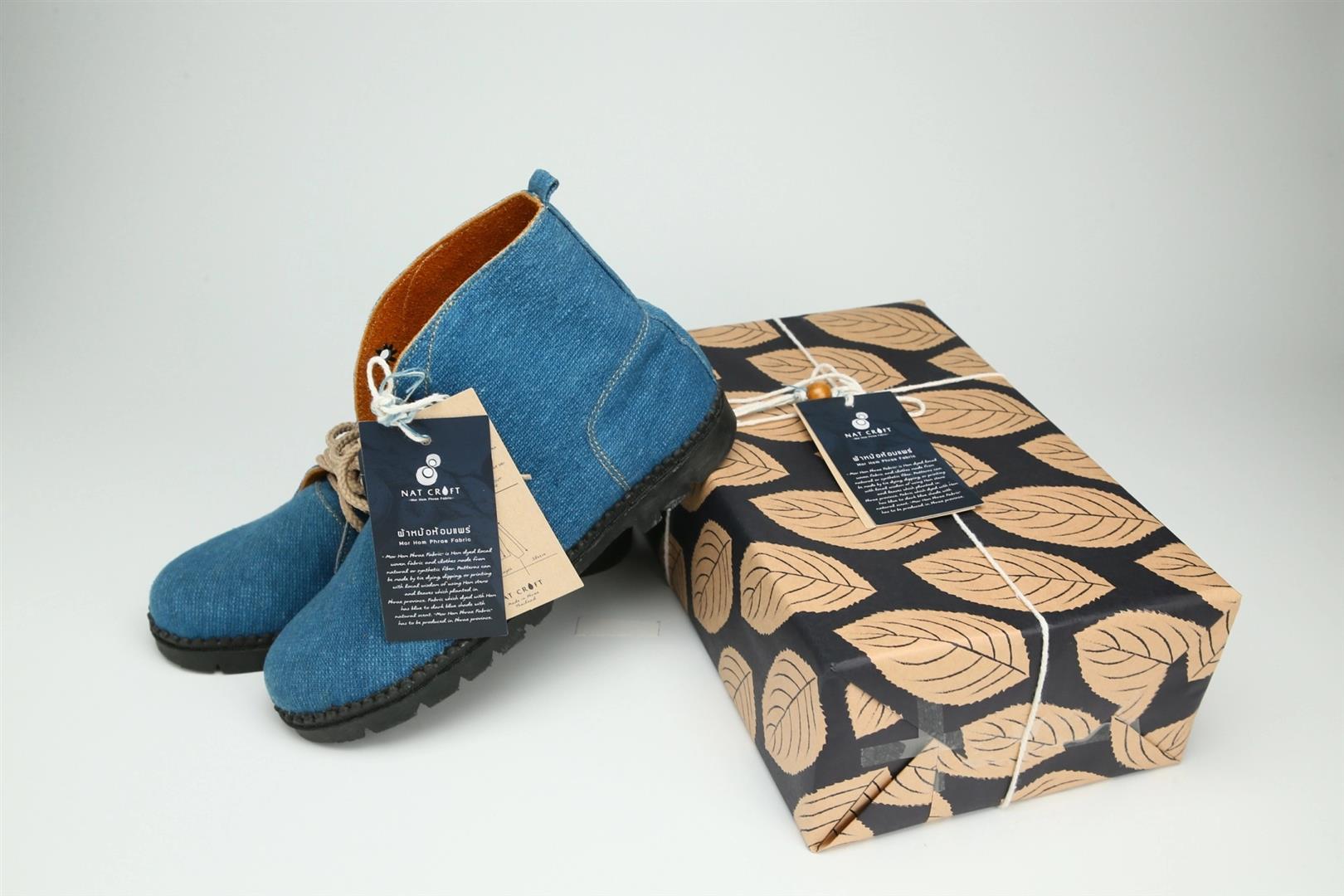
Many tourists when visiting Phrae often change clothes and costumes like local people. Most of the clothes use the fabric produced by the locals as well, that is the Mau Hom cloth.
Mau Hom cloth is a traditional woven fabric made from natural fibers and synthetic fibers that have undergone natural dyeing processes or synthetic fibers that have undergone a natural dyeing process to create patterns together with tie-dyeing, dipping, or indigenous printing.

Mau Hom cloth dyeing has been passed on for 100 years. Use the Hom tree from the mountain or the indigo tree that is found on the plains to soak in water, add lime, and then stir or froth. Lime will sediment the pigment and put it in the dye pot. Add water, ashes, sugar, lime, rice vinegar, tamarind juice in proportion according to the recipe of each house. Dye the natural fiber cloth in the pot. When lifted, the color will react with the air to form a blue-blue tone fabric with a natural fragrance. It is popular to use thick cotton or calico fabrics that, when dyed, are durable, soft and soft to the wearer’s skin.

Sometimes you have to combine blocks with border patterns or a few patterns to create a fabric background pattern before you can get a piece of Mau Hom cloth. After printing, the candle will be dried in the shade or in the home's basement so that it won’t be heated by the sun before being coloured in the pot. The blue fabric with the pattern will be returned to the home's basement to continue drying once the dyeing process is complete. Before boiling the dye in boiling water to lock in the printed design and stop the color from forming, allow the dye to completely dry. As if it was handmade from the basement of the house that seems ordinary, but attracts foreigners in terms of beauty and friendly price.
Mau Hom cloth, Phrae Province, was certified for registration of a geographical indication or GI on March 30, 2022.
Source: Department of Intellectual Property
Tel: 1368